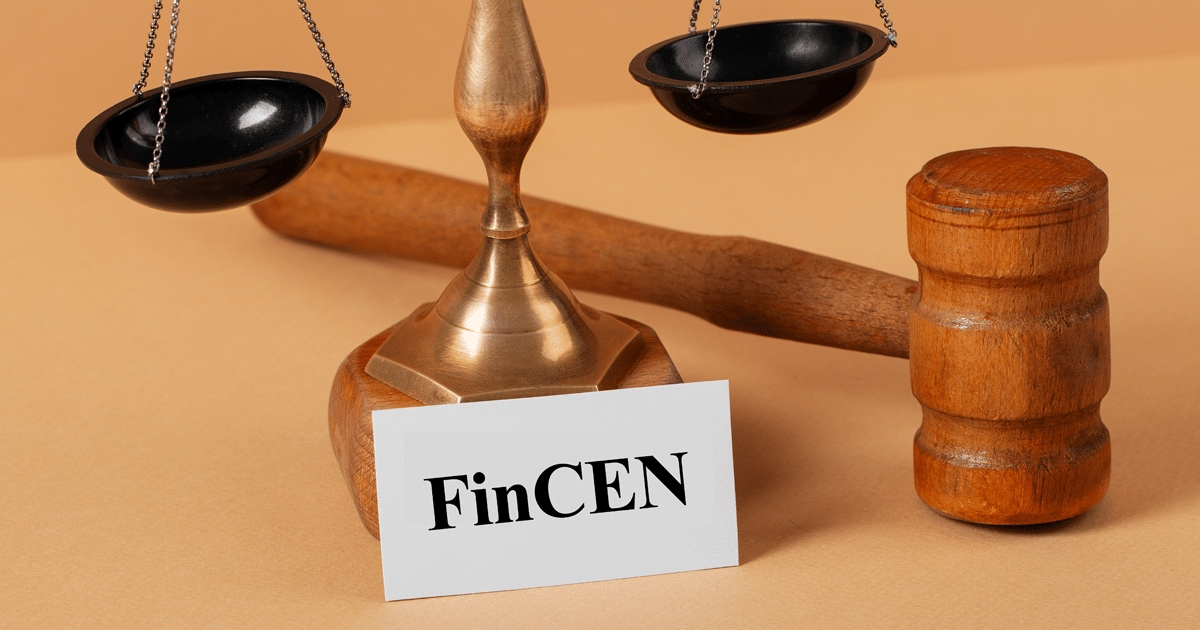What Does A Trustee Do?
March 17, 2021
So welcome back, everybody, to the series on trust in today’s video, our topic is what does a trustee do? And I encourage you, if you haven’t seen the previous video on what is a trust, that’s one to watch.
And in fact, if you haven’t seen the previous two videos in the series on what is a will and what does an executor do, I really think it’s helpful to understand a will first and how a will works and how a probate works, because generally when we form a trust, people are trying to avoid that court supervised process called probate. And I talk about that and the executor duties in the prior two videos, so check those out. But in this video, we’re going to do a little bit more of a deep dive on what does a trustee do.
So, first of all, just quick review, a trustee holds property for the benefit of somebody else. And a trust is an agreement between two people to hold some property for the benefit of a third person.
And so that trustee is that caretaker and fiduciary of the trust asset. The property that they’re holding could be real estate, could be a bank account. It could be an investment account, could be a vehicle, really could be just about anything that you can put into a trust. Very important distinction that if the asset title, for example, the pink slip or the deed or the bank account doesn’t say, you know, by name, like Gary, trustee of the Gary Winter Trust, and it just says, Gary, then it’s not in the trust.
So really important distinction for trustees, right off the bat. You only hold assets that are titled you as trustee of the name of the trust. OK, if it just says Bob, then it’s over here and it’s in Bob’s name and it’s going to pass according to the terms of Bob’s will. If it says Bob trustee of the Bob Trust, then it’s over there and it’s in the trust. It’s actually part of the trust agreement, really critical distinction.
So number one with these rules, we have the guarantor of the trust that put the asset in trust.
You’ve got the trustee who’s the fiduciary and the caretaker, and it’s all for the benefit of the beneficiary. You have these three rules, but here’s something that’s crazy. It’s OK and it’s totally normal. You can be all three of those things, grantor, trustee and beneficiary all at the same time.
That’s OK. And in fact, while you’re alive, we make a living trust and you sign the trust. You are the grantor, you are creating the trust, you are the trustee and it’s all for your benefit. You’re the beneficiary. And so that is completely normal. But here’s the great thing about trust that allows you some flexibility, is you can name backups. I mean, you’ll always be the guarantor. Probably no one else is going to do that. But you can name a backup trustee. Think of it like if the trustee is second base, you can have someone in the dugout that’s going to come out and play second base as your backup. Right. And you can also name backup beneficiaries. You’re probably not the only beneficiary forever. I mean, once something happens to you, you can have a backup beneficiary over there in the dugout and they can come out and they can play third base and be the beneficiary, the backup beneficiary, we call them in legal terms, successor trustees and successor beneficiary.
So if you hear that terminology, it probably the trust probably started with Bob as the grantor or Bob as trustee, and Bob as beneficiary. But then Bob, in his trust, named some backups and those people are nominated to come into those roles. So this particular situation is focused on the trustee role. So when Bob were to pass away and let’s say you’re nominated as this backup successor trustee, what do we do first?
Well, first of all, we actually have to get installed in that role as a trustee. Just because you’re named in the trust doesn’t automatically give you authority with the bank account or the investment account. You actually have to prepare a document called an affidavit of successor trustee. And if somebody passed away, we attach the death certificate or if they are incapacitated, we attach the doctor’s letter that says that they can’t make their financial decisions anymore. And then we record that against real property so that actually there’s notice to the world that you’re functioning as the trustee of Bob’s trust.
You might take that affidavit to a bank and move the account over to you as trustee of the trust.
The idea is that the trust functions like a bucket. All those assets that are already in there are funded and titled in the Trust. And then when you come in as the new trustee, you get the whole bucket. So you shouldn’t have to chase around too much. I mean, there’s always a little bit of that to go collect other random assets. But the big assets, like the real property, the investment accounts, the after tax investments and so on, the bank account should probably be in the trust already.
So first of all, we want to get installed as the trustee of the trust, and there’s some minor legal work to do that, second of all, we’ve got to send some notices. We’ve got to tell some people that we’re functioning as the trustee. And there were required notices in California to people like the other beneficiaries of the trust. If the grantor has passed away, then there’s notices to the franchise tax board and the Department of Health Care Services and other folks that we need to tell so that they have a fair opportunity to say that the person that passed away maybe owed some money or maybe that they maybe they disagree with the terms of the trust. Who knows? But we got to notify those people. So that happens really early on. And then after that, it’s the same fundamental job as an executor in probate. We do three things. We collect the assets of the estate. We pay off the bills, medical expenses, final taxes and so forth. And sometimes we have to liquidate an asset like sell a piece of property or sell a vehicle or something, have an estate sale. All those asset management things happen inside trusts administration. And then when we’re done with it, we tally up the assets that we have on hand. We follow the terms of the distribution plan of the trusts, whatever percentages to whatever beneficiaries dole out any specific gifts. And then we actually write checks and transfer title to the people that are named in the trust, and that’s called distributing the assets.
A couple of tips that we do there at the very end is we often hold back a little bit of a reserve for the trustee to file the final trust tax return. And remember that the trust administration bank account is under a different tax ID than the trustee. You don’t want to function under your personal Social Security number. You have a duty to keep assets in the trusts separate from your personal assets and not commingle them. And so at the very end, we keep a little bit of cash in that trust account just so that we can do our final income tax return, do the final legal fees and distribute everything out. So that final distribution is usually subject to a small reserve. And then once we file our tax return the following April, we distribute the rest of it all out.
And there’s some good things that you can do at the very end to protect yourself in terms of consent and receipts and releases and things like that. So hopefully nobody argues or contests or complains. But that is an overview really of review of trust, what a trust is, and then an overview of trust administration.
Number one, you’ve got to get appointed. Number two, we’re going to collect assets. Number three, we’re going to pay bills. And number four, we’re going to make that distribution out. And that’s what a trustee does.
So stay tuned for more great stuff. We’re going to do deeper dives on some of those topics and answer some really good questions on Trust. Thanks for watching.


